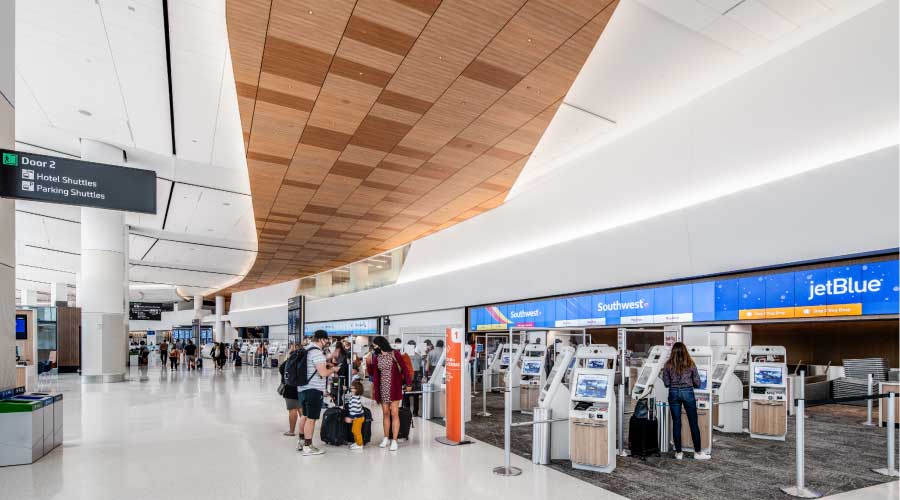USGBC Perspective: USGBC Works Toward Seamless Integration of Rating Systems
Building on Arc, USGBC hopes to provide to streamline and enhance the user experience of LEED and its other tools.
In the January 2017 issue of Building Operating Management, we introduced Arc, a new interface through which all buildings, communities and even cities can connect to the green building strategies of LEED. Arc represents two decades of work on the part of USGBC and GBCI, and projects of all types and sizes can now use Arc to earn LEED certification and verify building performance.
USGBC and GBCI are known primarily as the developers and verifiers of LEED, which has itself gone through a progressive transformation. The early versions of the rating system were strategy-based. LEED v2009 turned the volume up on analysis, making connections between strategies and performance, and now LEED v4 asks teams to go deeper into ensuring best practice in their supply chains, and consider more fully the whole building lifecycle and its impacts on surrounding communities.
We’re now at the point of our journey where we have the largest opportunity to scale LEED, and broaden the market’s application of green strategies to create a healthier, more efficient and connected built environment. For years, GBCI has been busy, expanding to administer several complementary rating systems. With frameworks like WELL, PEER, SITES, GRESB, EDGE, Parksmart, and most recently, the Zero Waste Facility Certification and the Investor Confidence Project — we are going beyond buildings to cover virtually every facet of the sustainability industry.
Rating systems fit together
Over the years, we’ve seen leaders pursuing LEED certification hit a threshold, wherein their efforts to pursue credits under LEED have also gotten them a third of the way to WELL certification, for example, or halfway to Parksmart certification. It’s become clear to us that the market is asking for a simplified means of doing more. The intention behind integrating all these rating systems is to support project teams in showcasing how much they’ve already done — and how much further they are taking sustainable performance.
Arc was designed to accommodate more rating systems, and serve as an entry point for all buildings that aim for LEED or other GBCI rating system certification — the point is to simplify the certification process. We know we have a huge opportunity to streamline and enhance the user experience of our tools.
Our instinct was to do a credit-by-credit comparison. But that is not the best approach, because each system was designed in the language and specific implementation of its field. So, we decided to step back and instead look at the intentions behind the credit that drive true behavioral change. These intentions, what we call key performance indicators, make it easy to identify the overlapping credits between LEED and each of the other rating systems.
A function will soon be made available so that project teams can not only see the credits they’ve achieved toward LEED certification, but also the features from complementary rating systems that have been automatically awarded to their project. This function will be integrated into existing LEED user tools, making it easy to see where the opportunities are for pursuing multiple certifications. At the end of the day, we know that we owe it to our users to make the documentation process easier, especially when they want to do more. While credit intents focus on the design, key performance indicators help teams zero in on what they’ve already done. And in pursuing multiple certifications using Arc, projects provide more benefits to the community and have greater triple bottom line impacts without double the effort.
Through the seamless integration of rating systems, we are expanding and transforming our vision to embrace the next generation of green building. The opportunity and the platform needed to truly make a difference is here.
Related Topics:













